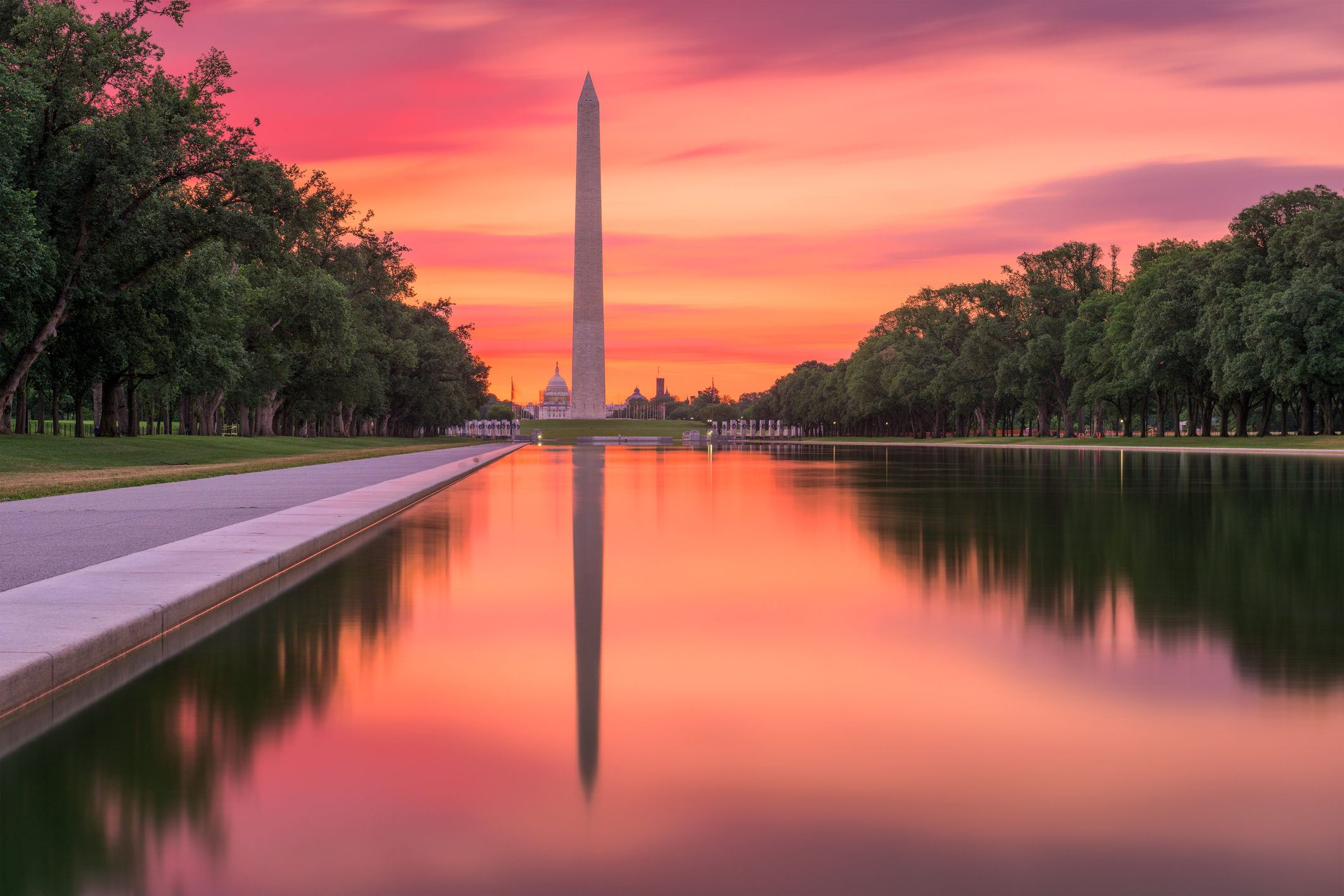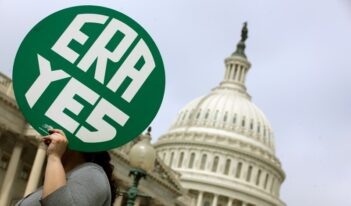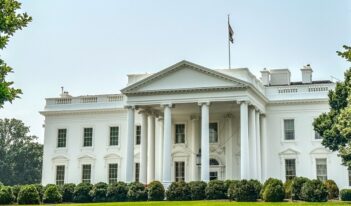
President Trump’s regulation-trimming executive order will likely survive judicial scrutiny despite potential policy objections.
The constitutional concerns that Scott Slesinger and Robert Weissman express over Executive Order 13,771 are little different from the kind of policy objections raised during previous administrations about other presidential efforts to oversee the work of regulatory agencies. Their constitutional argument suffers from at least five significant flaws.
First, the general lack of regulatory output during the first few months of the Trump Administration is a political choice. It is fair to attack the Administration’s low output based on one’s political views, but the fact is that every administration’s regulatory output ebbs and flows, often due to politics. (Just examine the slowdown in regulation during the Obama Administration in the lead-up to the 2012 election.) Absent statutory and judicial deadlines, every President can determine the timing and the volume of major regulatory activity.
Second, Slesinger and Weissman exaggerate the extent to which President Trump’s executive order blocks regulations. They claim that “the order prohibits agencies from issuing new significant regulations unless they repeal at least two other regulations to offset the new rule’s costs.” But this statement is belied by the implementation of Executive Order 13,771 to date. In May, for example, the U.S. Department of Health and Human Services (HHS) proposed a major rule with more than $60 million in costs. It did so without repealing two other rules to offset the costs. In its analysis, HHS concluded that “the implications of the rule’s costs and cost savings will be further considered in the context of our compliance with Executive Order 13,771.” One-in, two-out did not stop this measure.
Third, Slesinger and Weissman seem to misconstrue the process for implementing Executive Order 13,771. Issuing a major new rule does not first require the immediate repeal of two old regulations. According to White House guidance, the mere identification of deregulatory measures need only be completed “in a reasonable period of time.” This hardly upsets the constitutional balance between Article I and Article II. It simply establishes a presidential preference for the volume and impact of regulation.
Fourth, contrary to Slesinger and Weissman’s claim that “it is not remotely possible” that trimming administrative regulation, reporting, and recordkeeping can offset the cost of new safeguards, there is evidence from the Obama Administration that it can. In 2014, the U.S. Department of Transportation repealed 46.6 million hours of paperwork, cutting more than $1.7 billion in costs. The next year, the Environmental Protection Agency (EPA) finalized new ozone standards for $1.4 billion in costs. Likewise, in 2012, the HHS cut 5.1 million hours of paperwork and eliminated $940 million in annual costs. The next year, EPA implemented new particulate matter standards, at a cost of $350 million. This is not to say it will be easy to offset the costs entirely with less paperwork, but it is not impossible.
Finally, Slesinger and Weissman’s constitutional objections sweep much too broadly. Arguably, the same critiques they make with respect to Executive Order 13,771 could be leveled against the very concept of regulatory review by the Office of Information and Regulatory Affairs (OIRA), an interagency review process first established during the Reagan Administration. In the same way it has expressed concerns about Executive Order 13,771’s slowing down rulemaking, Public Citizen has claimed that OIRA “impedes agencies’ ability to issue the rules that Congress mandates.” Other critics have similarly argued that OIRA unnecessarily slows regulatory activity and places an undue emphasis on costs. Yet, there have been no credible claims that the OIRA review process raises constitutional concerns, even though it serves as a check on rules with statutory mandates and often delays agency action.
Instead, six consecutive presidential administrations have embraced OIRA’s interagency review process. OIRA review is constitutional because Presidents have recognized that they have broad discretion in how they execute the law. When President Barack Obama formally returned a 2011 ozone rule to EPA, then-OIRA Administrator Cass Sunstein reminded EPA that the law allows “meaningful guidance and oversight so that each agency’s regulatory actions are consistent with…the President’s priorities.” Sunstein noted that the ozone action was not mandatory at that time and the President still had discretion in how to implement the law. That action was controversial, admittedly, but, as far as I am aware, there were no protests from Public Citizen or the Natural Resources Defense Council (NRDC) that OIRA’s action was unconstitutional. Executive Order 13,771 might lead to similarly provocative actions, but those will be procedural in nature, not constitutional.
Once again, all of these considerations—the uncertainty over the executive order and whether it has yet resulted in the repeal of old rules or any slow-down in new rules—demonstrate that a lawsuit is hardly ripe for review. How can anyone argue that it is unconstitutional to slow down the regulatory process when it is not possible to point to a rule with a statutory or judicial deadline that has been held up by the executive order? Slesinger and Weissman seem to acknowledge that no significant rule has been repealed because of the executive order. But then, how can they argue that it is unconstitutional for the President to call for the repeal of existing rules when the Trump Administration has not repealed a major rule?
Slesinger and Weissman also complain that it is unconstitutional to reduce regulatory output to a trickle. Was President Obama’s “regulatory freeze” then unconstitutional because it held up rules at the opening of his Administration? It is hard to distinguish the effects that Slesinger and Weissman attribute to Executive Order 13,771 from the explicitly intended effects of White House directives that have for years routinely halted regulations at the start of each new administration. If Executive Order 13,771 is unconstitutionally intrusive, why did NRDC and Public Citizen not sue over President Donald Trump’s transitional regulatory moratorium?
Even if a lawsuit challenging Executive Order 13,771 were ripe for judicial consideration, what has been left unsaid is the incredible burden of convincing a court that the executive order is unconstitutional. Although courts have struck down unilateral executive actions in the past, those instances are rare, and I can find no action of “general applicability,” like Executive Order 13,771, that courts have invalidated. Slesinger and Weissman might well have political and policy objections to the “one-in, two-out” executive order that are worth debating, but those objections will not be sufficient to convince a court to find constitutional deficiencies in the exercise of a kind of executive discretion that Presidents have enjoyed for decades.
This essay is part of a four-part series, entitled A Debate Over President Trump’s “One-In-Two-Out” Executive Order.




